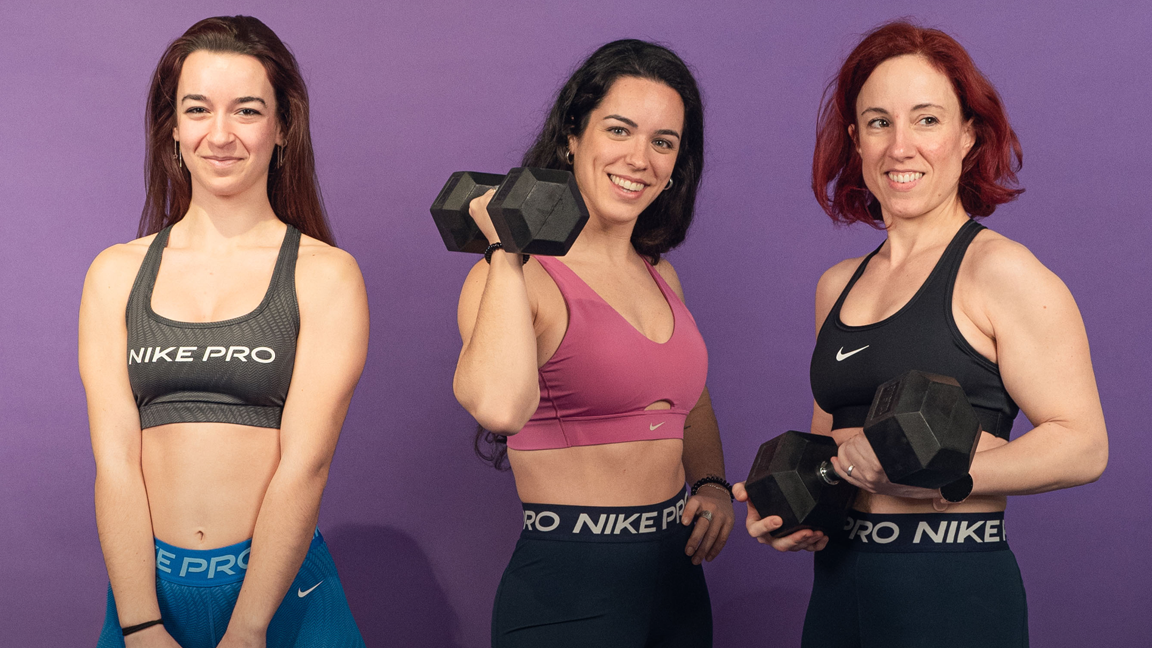For years, women have been training like men regardless of our menstrual cycles. Our bodies are different and have specific needs that, surprisingly, we are often the first to ignore or trivialize.
Understanding the menstrual cycle and its impact on training can help women optimize our workouts for better results and overall well-being.
The menstrual cycle typically consists of four phases: the menstrual phase, the follicular phase, the ovulation phase, and the luteal phase. Adapting workouts to each phase can help maximize performance, recovery, and hormonal balance.
Menstrual Phase (Days 1-5): We’re exhausted.
During this phase, hormone levels are at their lowest as the body sheds the uterine lining. It’s when we’re exhausted. Many women experience extreme fatigue and discomfort during menstruation, making high-intensity workouts challenging. Should we stop moving? Obviously not, but it’s advisable to focus on lighter, low-impact activities such as yoga, gentle cardio sessions, or even swimming. These exercises can help alleviate cramps, reduce stress, and promote relaxation.

Follicular Phase (Days 6-14): We rise from our ashes.
As estrogen levels rise, energy levels typically increase as well, making this an optimal time for more intense workouts. It’s time to focus on strength training, HIIT (High-Intensity Interval Training), or resistance exercises. Take advantage of the body’s ability to build muscle and improve endurance during this phase. Keep an eye on recovery with enough rest and nutrition to support the muscle growth and repair inherent in increased performance.

Ovulation Phase (Days 15-17): Super-strength.
Ovulation, the release of an egg from the ovary, occurs during this phase, accompanied by an increase in estrogen and testosterone levels. This hormonal boost can enhance performance, endurance, and strength. If ovulation discomfort allows it, you might surprise yourself with challenging workouts like heavy weightlifting, sprint intervals, or intense cardio sessions.
Be cautious with high-impact exercises, as joint laxity increases for many women during ovulation and can raise the risk of injury. Listen to your body and adjust the intensity and challenges as needed.

Luteal Phase (Days 18-28): Physical bloating and emotional whirlwind.
During the luteal phase, progesterone levels rise, which can cause water retention, bloating, and mood fluctuations. Focus on workouts that prioritize stability and lower intensity to accommodate these changes: lower the weights and increase repetitions, engage in steady-state cardiovascular exercise, take a day for pilates or barre… In this phase, we should aim to maintain fitness without overloading the body.

In summary:
By aligning training with the menstrual cycle, women can optimize performance, recovery, and hormonal balance throughout the month. Listening to the body’s signals and adjusting workouts accordingly can lead to more effective and enjoyable training experiences.
Embrace the natural fluctuations of your menstrual cycle as an opportunity to nurture both physical and mental health… And if you happen to be in the Luteal or Menstrual phase while reading this article, you can lift your spirits a bit by checking out Nike’s new women’s Metcon 9 and apparel.
